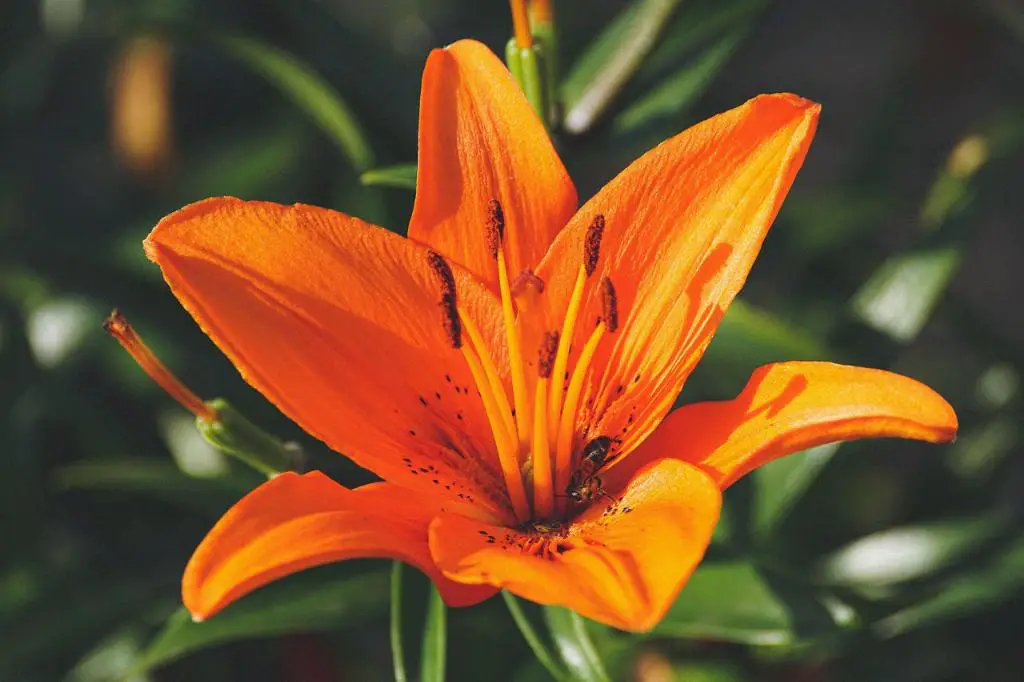Planting Lily of the Valley can bring a touch of elegance and fragrance to your garden. To begin the planting process, dig a small hole in the desired location. It’s essential to ensure that the soil is well-draining to prevent waterlogging, as Lily of the Valley prefers moist but not soggy conditions.
When you have your hole prepared, take the rhizome with the pip, which is the pointed bud, and place it in the hole. Make sure that the pip is about 1/2 inch below the soil level. This will provide the rhizome with the right depth for growth and stability once it starts developing.
As you position the rhizome, gently spread out the roots around the pip. This helps the roots establish themselves in the soil and promotes nutrient absorption for the plant. Aim to space the rhizomes approximately 6 inches apart to allow them room to grow and expand as they mature.
With the rhizome correctly positioned and spaced, cover it with soil. Lightly pat down the soil to ensure good contact between the rhizome and the ground. Water the newly planted Lily of the Valley thoroughly to settle the soil around the roots and provide essential moisture for initial growth.
After planting, it’s essential to monitor the soil moisture levels regularly. Lily of the Valley appreciates consistent moisture, so water the plants whenever the top inch of soil feels dry to the touch. Avoid overwatering, as this can lead to root rot and other issues.
When it comes to care for Lily of the Valley, consider providing a layer of mulch around the plants. Mulch helps retain soil moisture, suppresses weed growth, and adds a layer of insulation to protect the roots during temperature fluctuations.
During the growing season, you may notice the plant producing its charming bell-shaped flowers. Enjoy the delicate beauty and sweet fragrance of the blooms, which can attract pollinators to your garden. Regular deadheading of faded flowers can encourage more blooms and keep the plant looking tidy.
While Lily of the Valley is a relatively low-maintenance plant, it benefits from occasional feeding during the growing season. Use a balanced fertilizer according to the package instructions to provide the plant with essential nutrients for healthy growth and flowering.
As the growing season comes to an end, you may want to consider dividing mature Lily of the Valley plants. Dividing the rhizomes every few years can help rejuvenate the plant, prevent overcrowding, and promote better flowering. Simply lift the rhizomes, separate them, and replant as needed.
When winter approaches, mulch can also play a vital role in protecting Lily of the Valley from frost and freezing temperatures. Apply a thicker layer of mulch in late fall to insulate the soil and safeguard the rhizomes during the cold season.
By following these steps and providing proper care, you can enjoy the beauty and fragrance of Lily of the Valley in your garden for years to come. Whether planted in borders, under trees, or in containers, these charming flowers can brighten up any outdoor space with their timeless appeal.
So, roll up your sleeves, grab your gardening tools, and start planting Lily of the Valley to create a delightful haven of elegance and scent right in your backyard!

